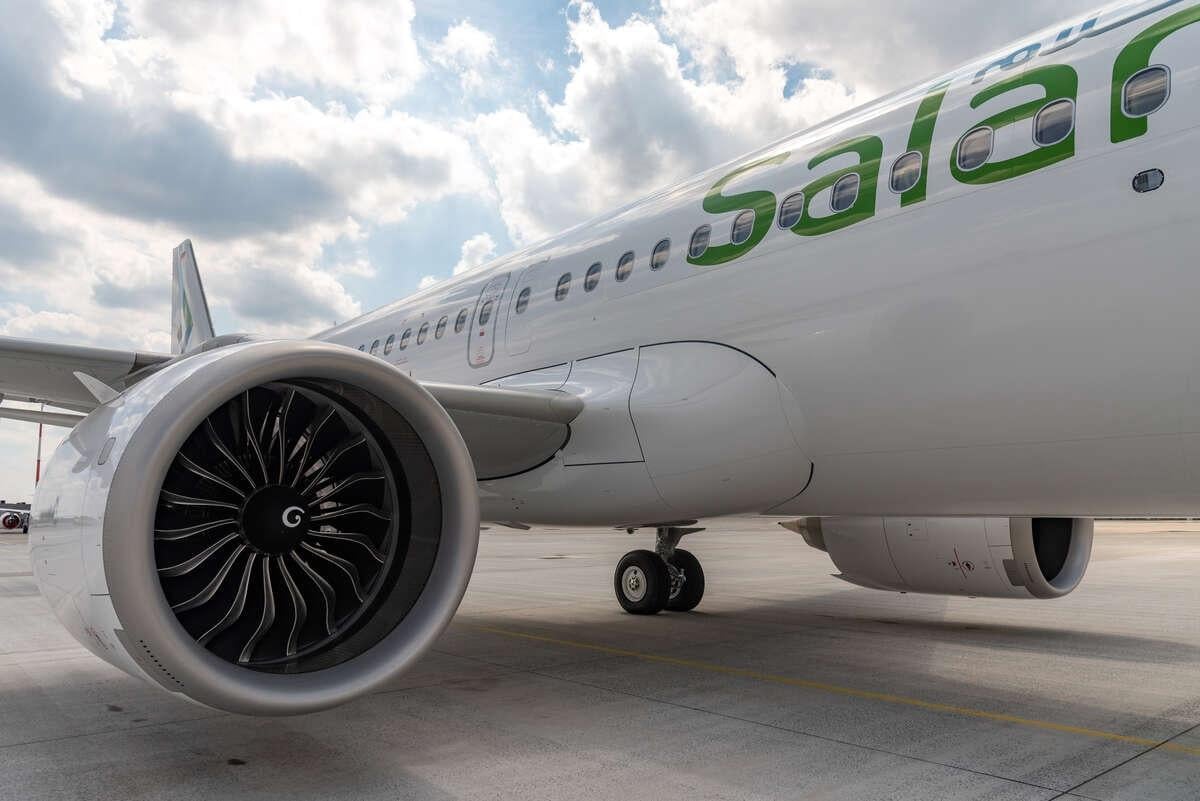
SalamAir is having particular difficulty with the durability of its Leap 1A-powered A321neo fleet.
Credit: Airbus
SalamAir CEO Adrian Hamilton-Manns has outlined the challenges the Oman-based LCC is having operating new-generation aircraft powered by CFM International's Leap 1A engine in a harsh environment. “I talk to all the [airline] CEOs in the region, they are all suffering the same issue: The off-wing...
Subscription Required
SalamAir CEO Bemoans Leap's On-Wing Time is published in Aviation Daily, an Aviation Week Intelligence Network (AWIN) Market Briefing and is included with your AWIN membership.
Already a member of AWIN or subscribe to Aviation Daily through your company? Login with your existing email and password
Not a member? Learn how to access the market intelligence and data you need to stay abreast of what's happening in the air transport community.





